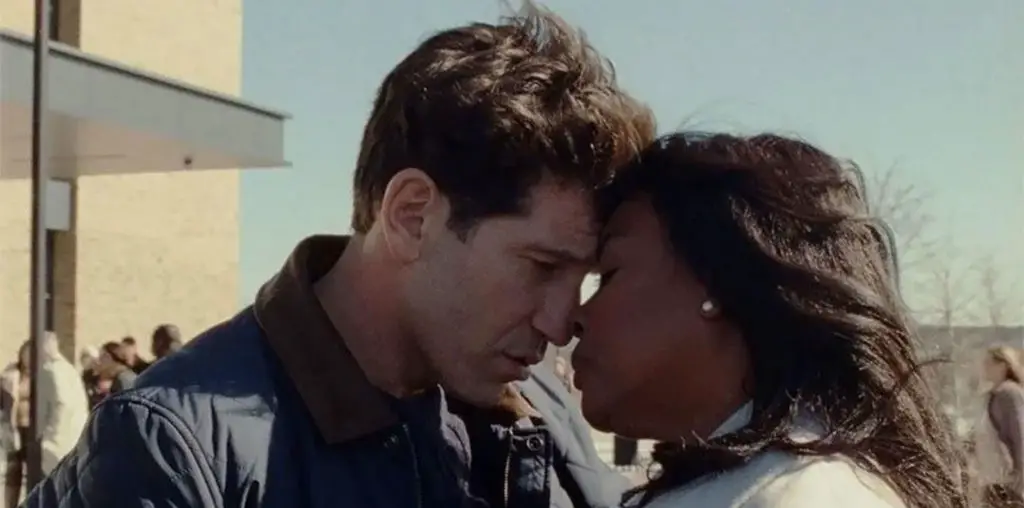“Black Stains” is a powerful experimental essay film by Sharon Horodi and Cheb M. Kammerer, which explores the issues of the commodification of art in Israel. We see scenes of Palestinians and protesters confronting the Israeli Army. These are followed by shots of abject, homeless people begging on the streets of Tel Aviv. These shots provide the context of the dire and pressing social and political problems in Israel. We also see shots of art activists from the organization ActiveStills, who respond directly to these issues by wheat-pasting a photo exhibit about the Israeli Occupation on walls throughout the city. This illegal, non-profit, activist approach to making art has an immediate relevance to a society where even the basic facts of history are in dispute, since Israeli right-wing extremists go so far as to claim that the Palestinians never lived on their land in the first place. Where there is an attempt to erase the basic facts, artists have a vital role to play in setting the story straight. Also woven into the mix are shots from a Christie’s art auction, in which large amounts of money are being bid for pieces of fine art. One can see that many of these artworks are actually political in nature and directly address the conflicts of the area, so it is interesting to see artists using the political issues in order to make money.
Finally, much of the footage in the film shows a fictional staged encounter between a successful artist (Noga Shalev) and a collector who buys her work (Uri Levinson). The wealthy collector has a personal obsession with collecting art and cultivating “his” artists. They each express their own rationales for their highly profitable relationship: the artist claims that there is nothing shameful about an artist making a lot of money, and the collector claims that because his investment involves risks, this justifies the money he makes. In a symbolic scene, he pours wine into two glasses, and the wine in the artist’s glass overflows and pours onto the floor. The symbolism could be read in many ways, but the first thing it made me think of was that part of the Passover seder in which Jews flick tiny, symbolic drops of wine out of their glasses, to remember the sufferings of the Egyptians during the Exodus. Like the commercial artist’s symbolic acknowledgment of the sufferings of Palestinians, these gestures assuage guilt, but do not require real sacrifice or change. Another way of reading the image is that “profit” is supposed to mean money which is over and above the actual costs of doing the work. The idea of an artist making “profit” is being conflated with the blood being spilled in the Israeli/Palestinian conflict and with the suffering of the homeless.
Horodi and Kammerer have used a collage technique, mixing straight documentary footage with fiction, to make a strong statement in favor of an engaged and activist form of making art.

